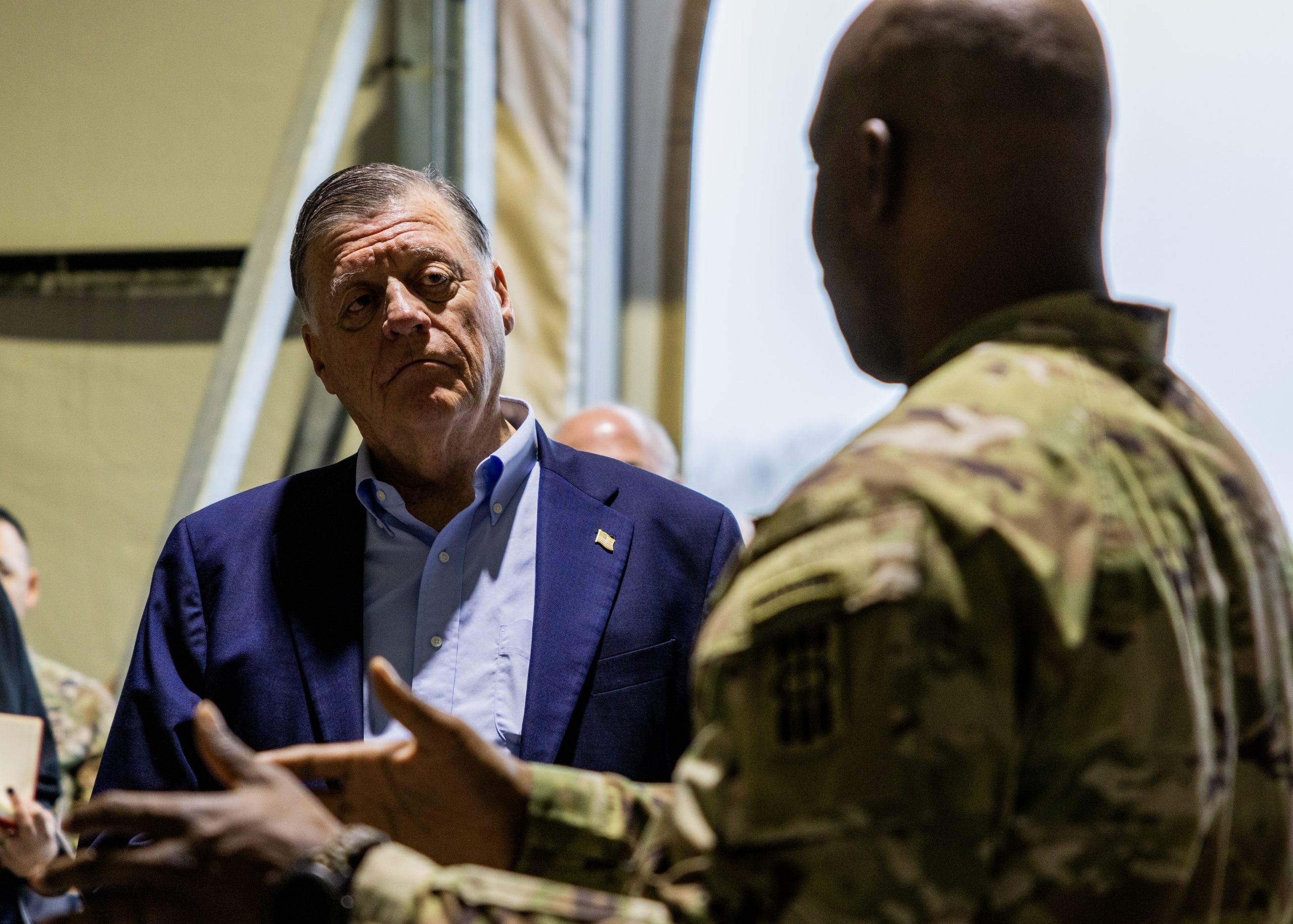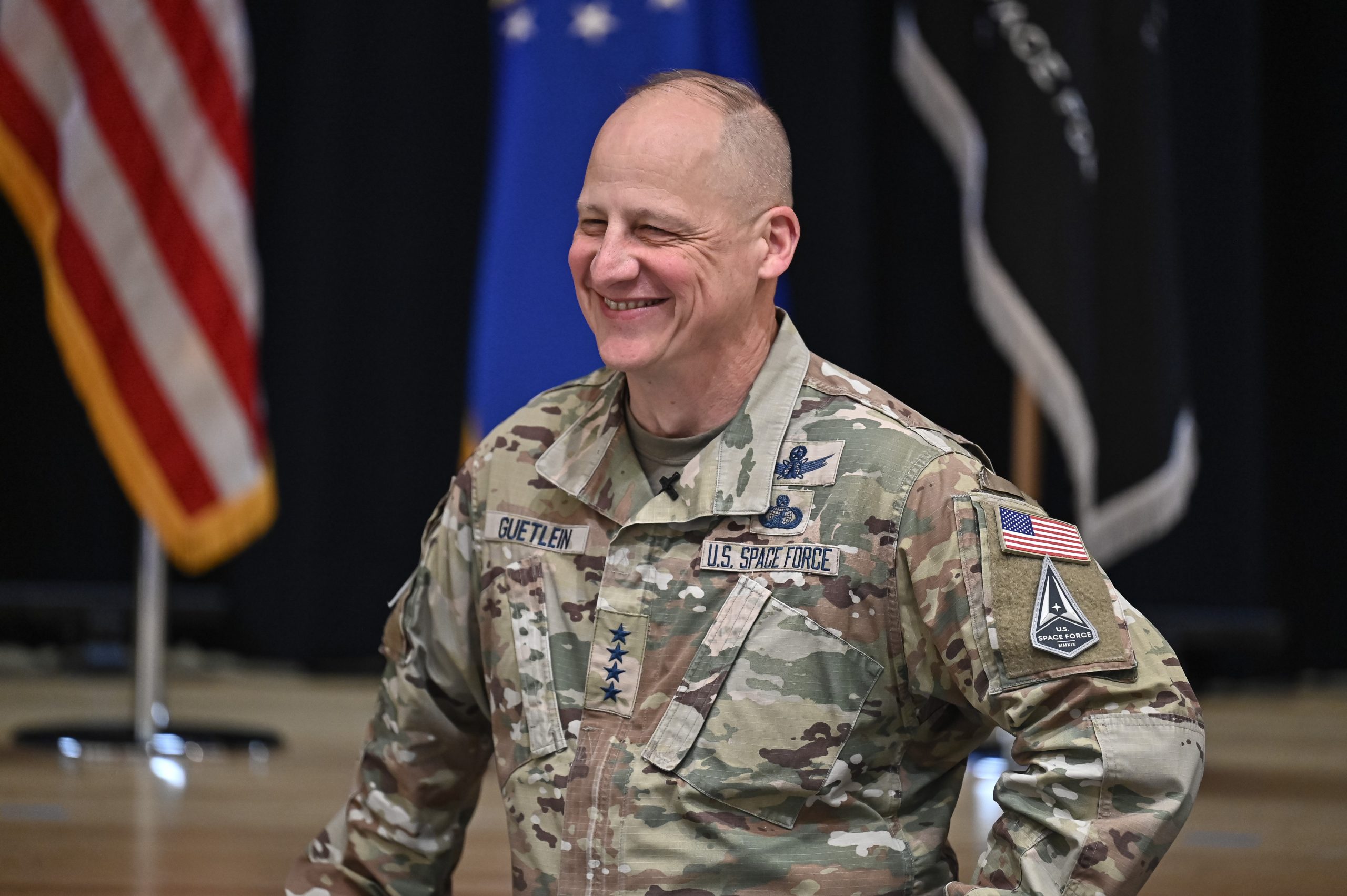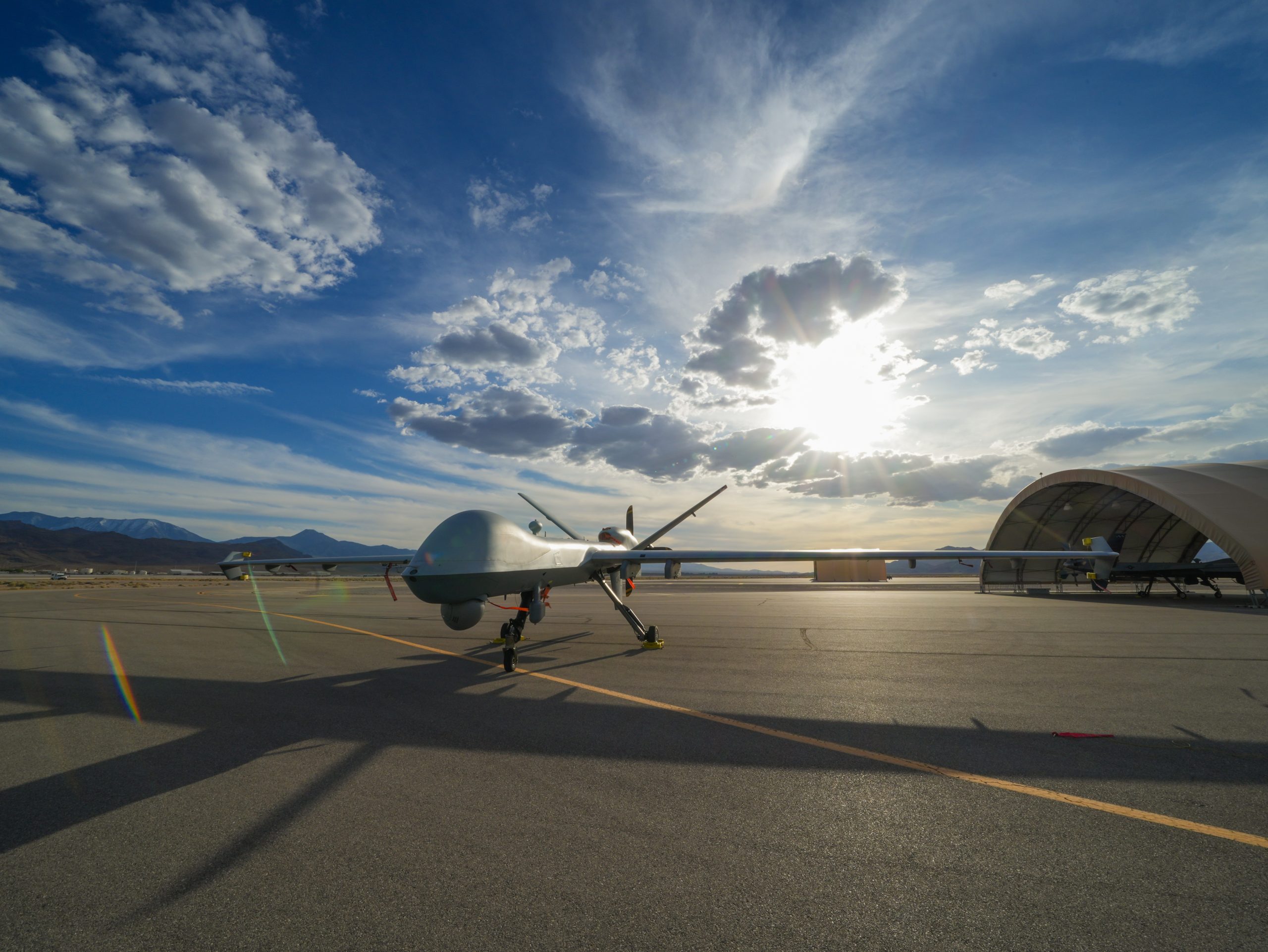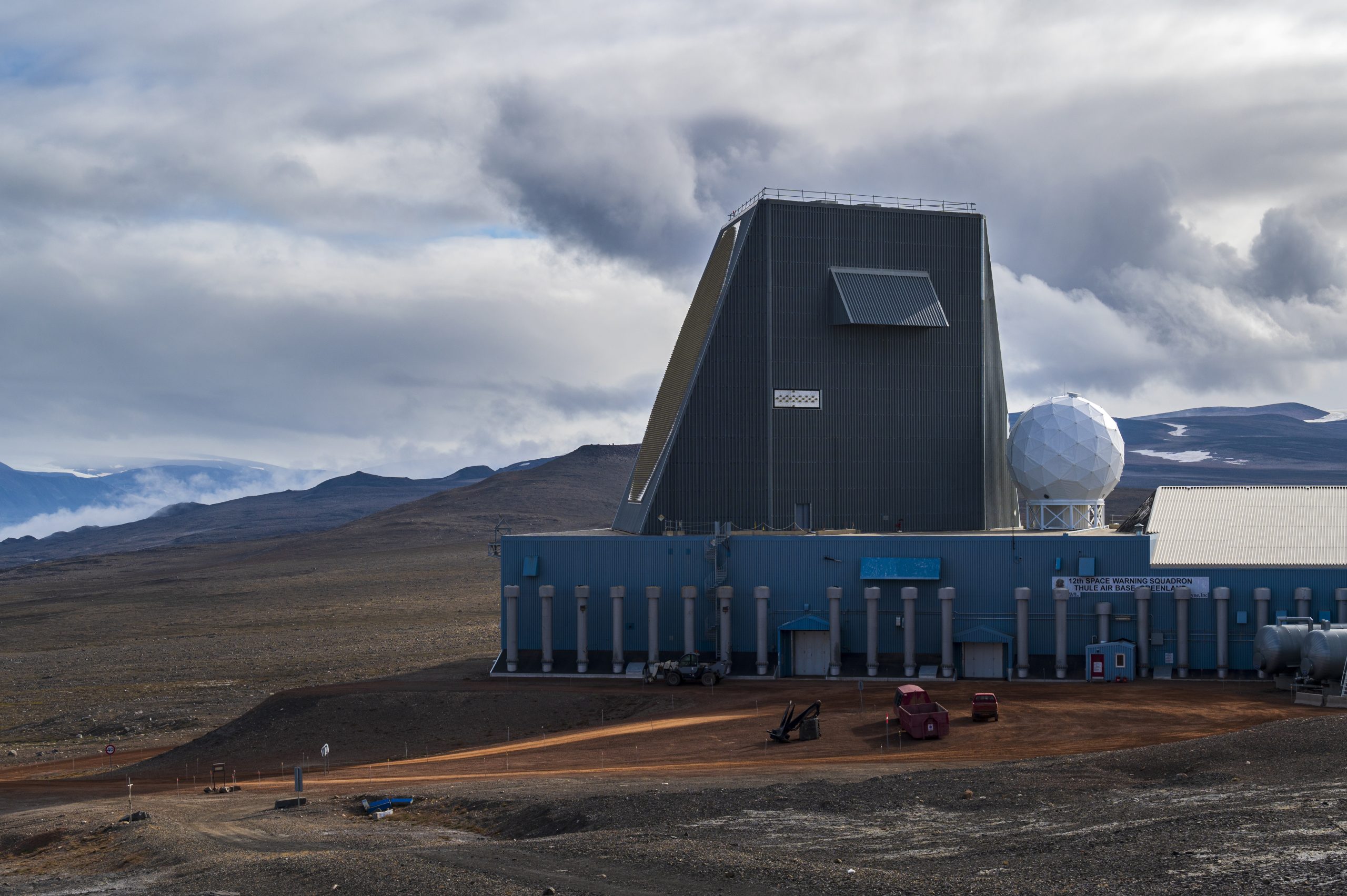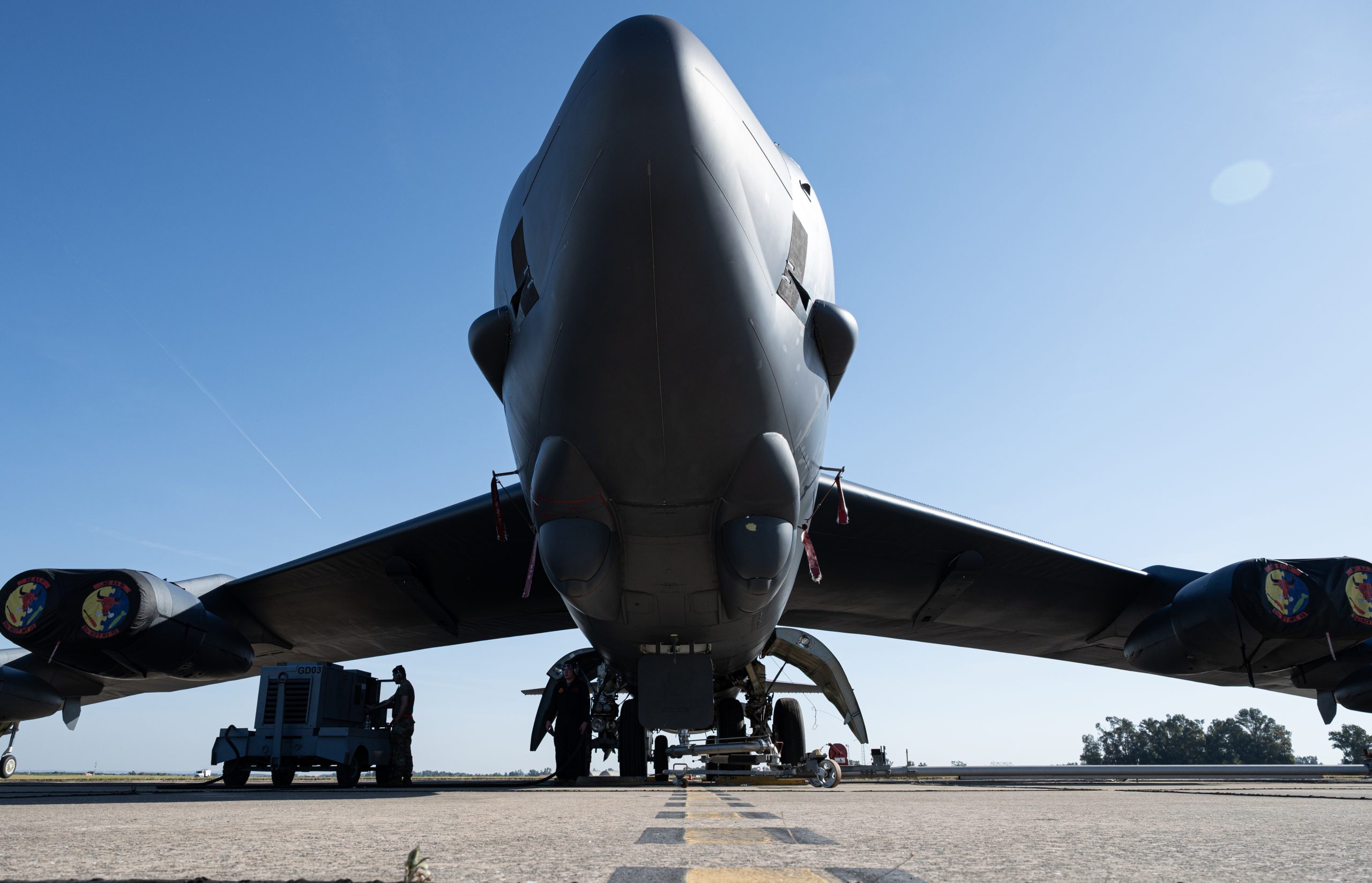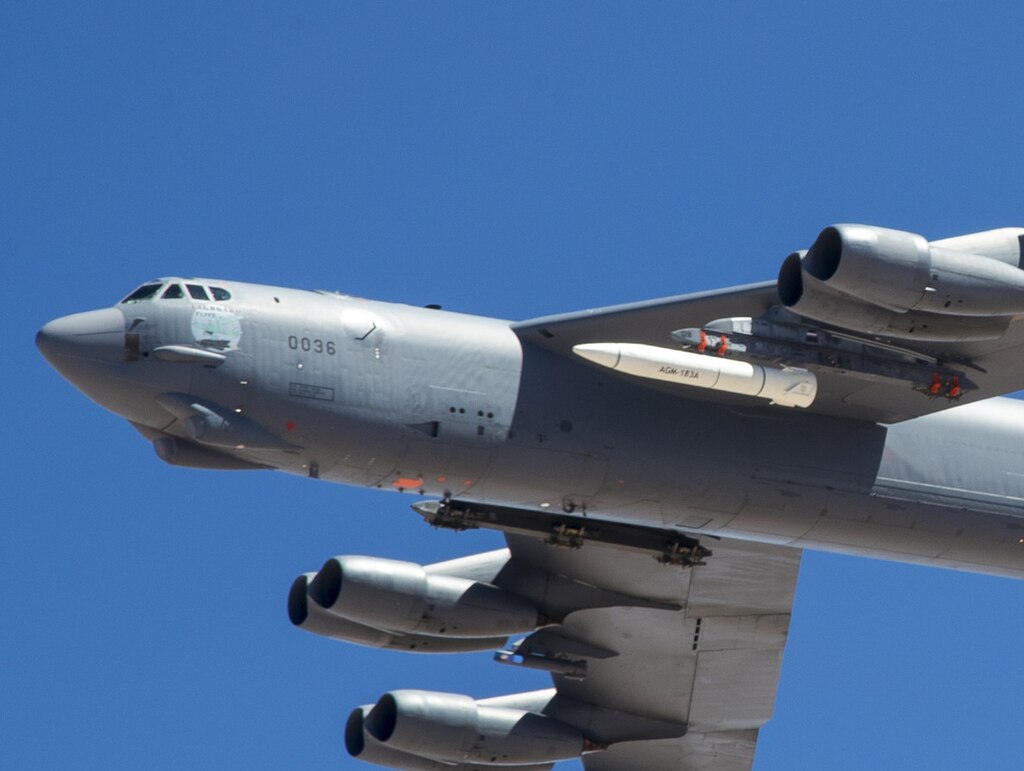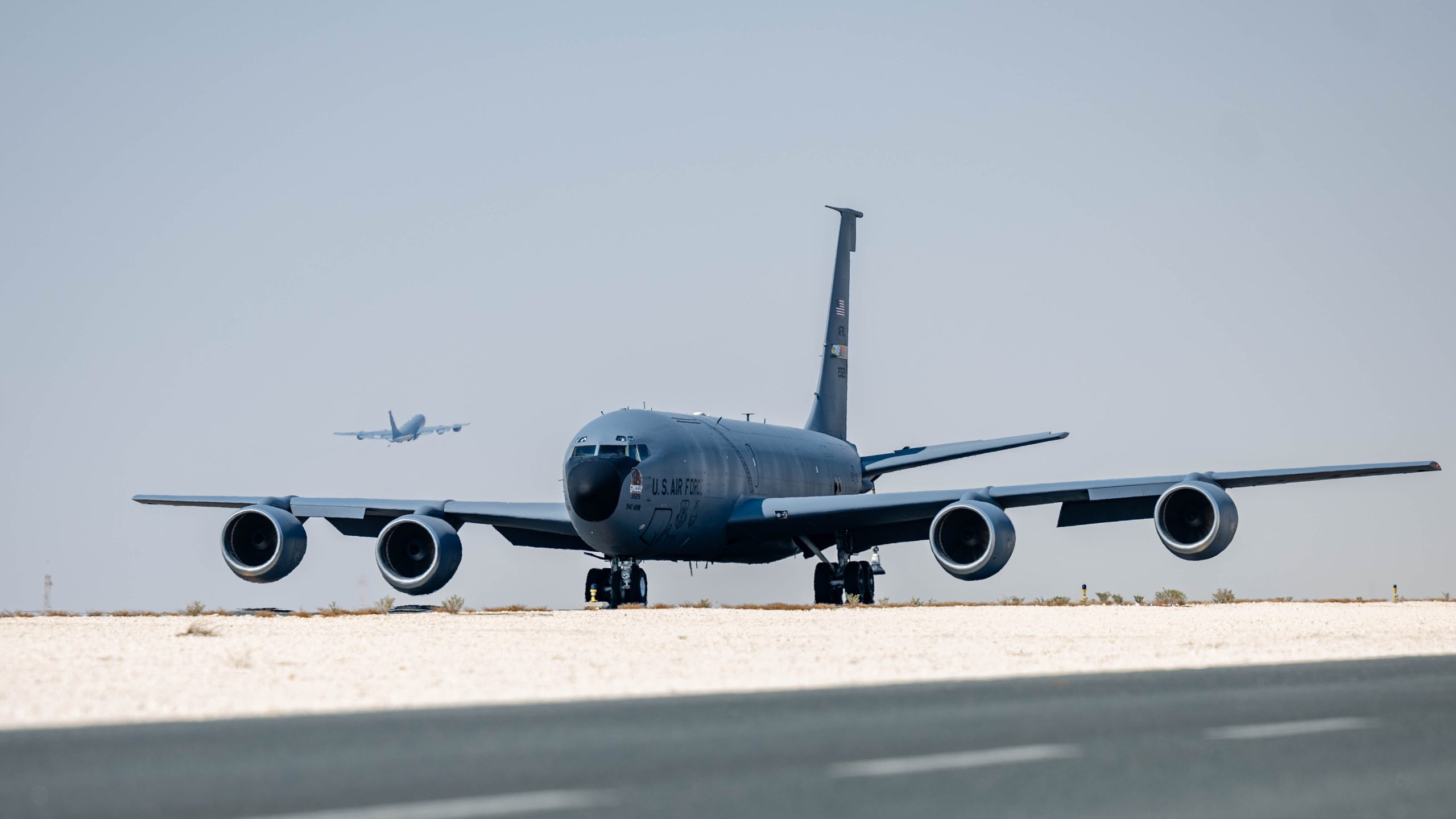U.S. Air Force F-22 Raptors landed at RAF Lakenheath in England June 18 as President Donald Trump weighs whether to join Israel’s attacks on Iran.
Multiple Raptors landed at the British base, which is often a stopover location for fighters headed to the Middle East. The 1st Fighter Wing jets took off from their home base at Joint Base Langley-Eustis, Va., according to local observers and flight-tracking data.
The U.S. has also dispatched over two dozen tankers to Europe and ordered the USS Nimitz aircraft carrier to speed its deployment to the U.S. Central Command area, as the Pentagon bolsters its airpower in the Middle East.
The U.S. has thus far declined to take on an offensive role in the nascent war, either through strikes on Iran or by refueling Israeli aircraft.
“I have ideas on what to do, but I haven’t made a final [decision]—I like to make the final decision one second before it’s due,” Trump told reporters at the White House June 18. “I may do it, I may not do it.”
The F-22, the U.S. premier fifth-generation air superiority fighter, has often been mobilized in times of tension with Iran. Most recently, the U.S. rushed F-22s from Joint Base Elmendorf-Richardson, Alaska, last August after Hamas political leader Ismail Haniyeh was killed by a bomb smuggled into the house in Tehran where he was staying—an attack Iran blamed on Israel.
F-22s are capable of shooting down Iranian drones and could also be used to escort less stealthy aircraft into hostile airspace, and open-source flight tracking data indicates that F-16s and F-35s are also likely being deployed.
The Pentagon declined to comment on the F-22 deployment or any additional fighter movements.
A likely target if the U.S. does decide to intervene is Fordow, Iran’s main nuclear enrichment facility. The facility is buried in a mountain and is so heavily defended that many experts believe the U.S. is the only country that possesses the necessary bombers and munitions to destroy it.
A U.S. attack on Iran’s nuclear facilities would likely be executed in part by multiple B-2 stealth bombers from Whiteman Air Force Base, Mo., carrying 30,000-pound GBU-57 Massive Ordnance Penetrator bunker-busting bombs to target Fordow.
“We’re the only ones that have the capability to do it, but that doesn’t mean I’m going to do it,” Trump said when asked about Fordow June 18. “These are incredible planes and weapons.”
Defense Secretary Pete Hegseth told Congress that morning that a decision whether to strike Iran would be made “at the presidential level.”
“At the Defense Department, our job is to stand ready and prepared with options. And that’s precisely what we’re doing,” Hegseth told the Senate Armed Services Committee.
America and its allies are offering Israel defensive military assistance to defeat incoming drones and missiles, as they have during the country’s previous confrontations with Iran. U.S. fighters have helped to protect Israel by fending off Iranian drones, and U.S Terminal High-Altitude Area Defense batteries and Aegis-equipped U.S. Navy warships have helped down Iranian missiles.
In April 2024, support from U.S. and allied fighter jets and air defenses brought down roughly 80 drones and six missiles—some of the 300 projectiles sent towards Israel in that skirmish—and helped Israel weather an attack by 200 Iranian missiles last October. In both cases, the U.S. rushed more warplanes to the region just prior to the attacks.
“From the beginning of Operation Rising Lion, the Iranian Regime has fired approximately 400 ballistic missiles and 1,000 UAVs at Israel,” an Israeli military official said. Israeli officials say that approximately 20 ballistic missiles have hit civilian areas in Israel.
Foreign ministers from the United Kingdom, France, Germany, and the European Union are scheduled to meet with Iranian Foreign Minister Abbas Araghch June 20 in Geneva.

